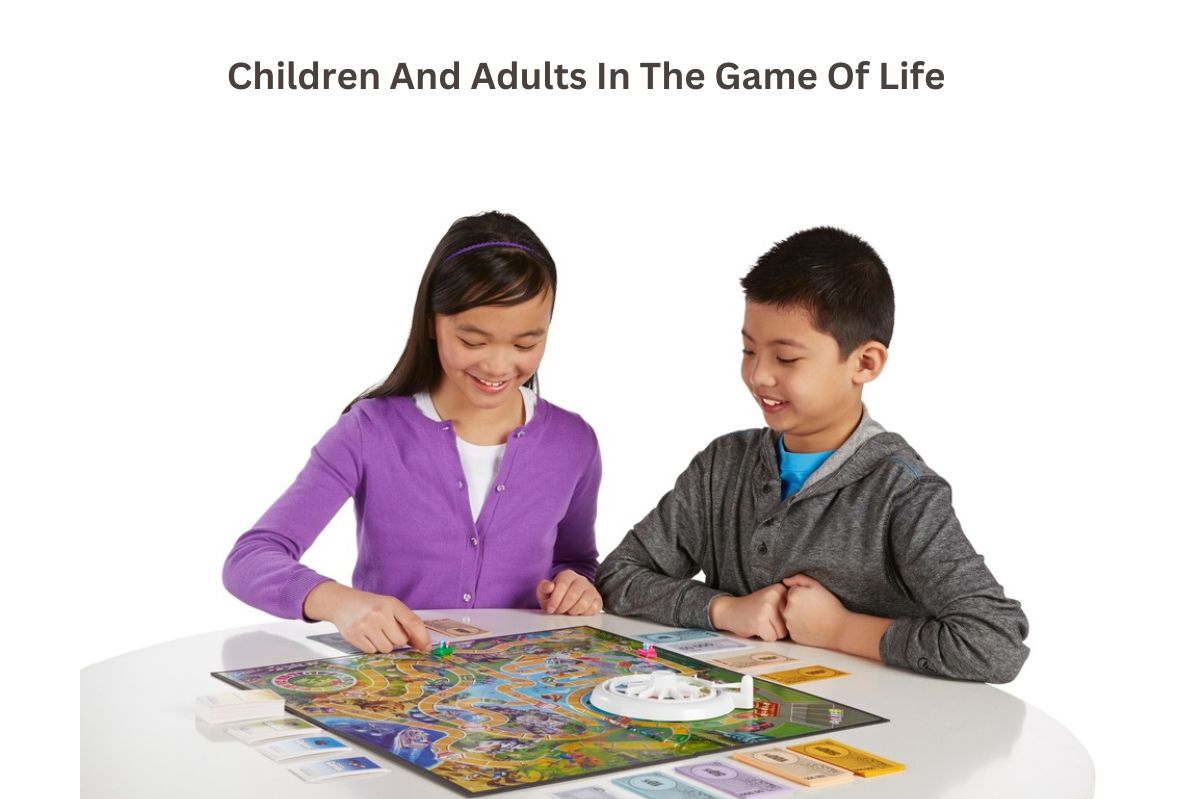The Game Of Life, In this short article, we want to provoke the reader, parent, or educator to reflect on the play’s themes, movement, education, and growth. Children are on the move. In preschool age, the child discovers the world through movement, and by moving on his own, the child discovers a treasure, the world of her.
By attending kindergarten first and then the boy and girl, through movement, enter into a relationship with others: therefore, movement is no longer just a discovery of the world; it becomes a relationship. It takes on social meaning.
The game, being together in the same spaces to play to do similar actions, transform the children’s activities from activities “next to others” to activities “with-against others.” I think it is essential to underline that children’s activities are often “with-against each other,” not always cooperation activities.
When the activities are “with the other,” everything apparently works, and the child is adequate and sociable; when the activities are “against each other,” the child becomes problematic: he is not sociable, he is introverted, he is agitated, hyperactive, he is unable to play and be with others.
In the “game of life” of a child, the direction is up to adults, parents, and educators, all without distinction, all with their roles: the moment of teaching, planning, creating, and evaluating together.
However, it often happens that the boy and girl are left alone in the moment of education, of the project, and of the realization and find themselves flanked by the adult-only in the moment of evaluation, sometimes hostile, with all the bodily, emotional and conceptual experiences that derive from it.
It is therefore essential to give back to the child their role as an explorer or actor and redefine the adult’s directing responsibilities: the parent, or the educator, chooses the teaching style and does not look at the child who “tries” to play, to act in the world. It is important to offer children quality moments designed by a responsible adult and not to offer them many moments of experimentation, where children are left alone to themselves, creating confusion, anger, and fear.
Perhaps now the time has come for the adult, parent, and educator to enter “thinking” in the game of life and start playing, consciously, with boys and girls. Boys and girls change with the times. Do we adults know how to change with them?
Also Read : Laughter: The Best Of Drugs

